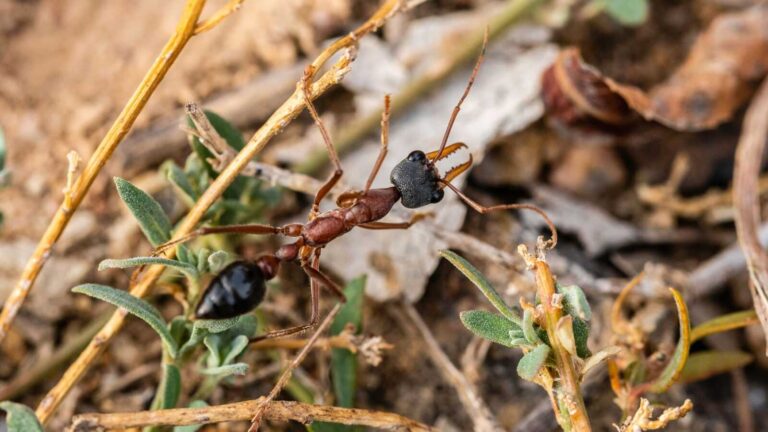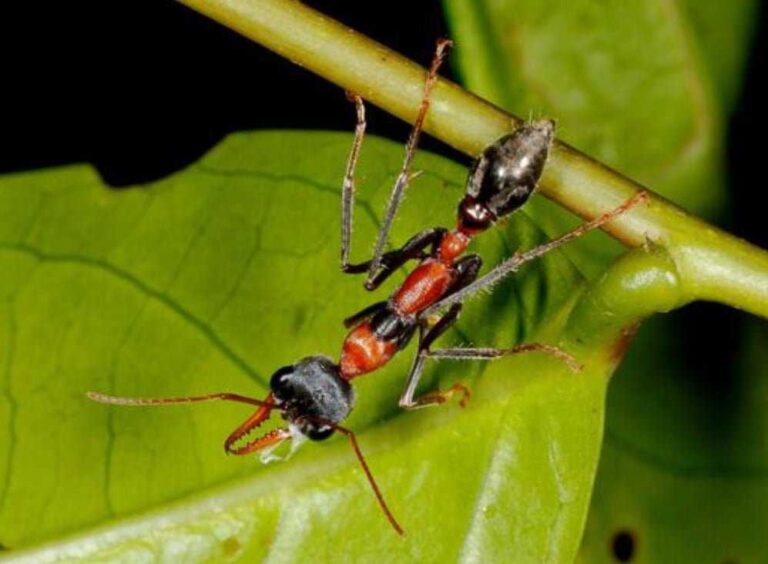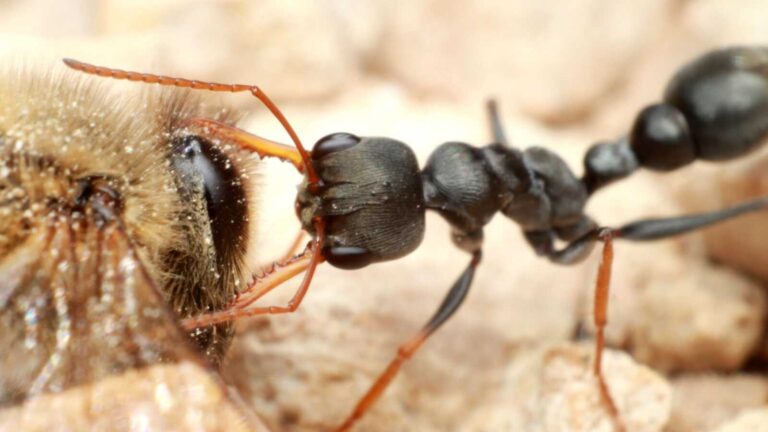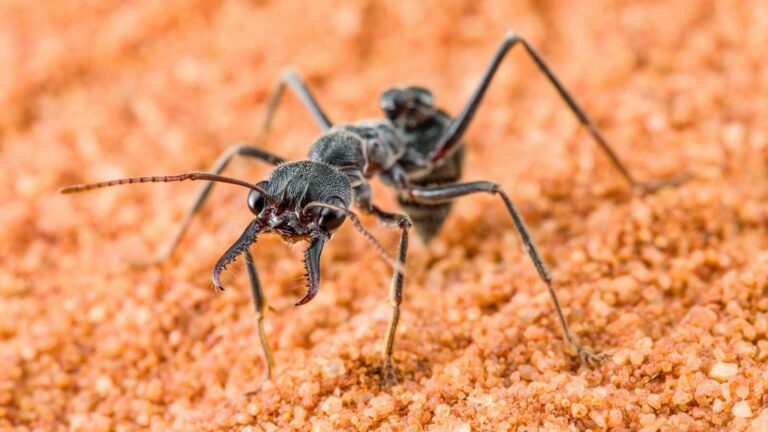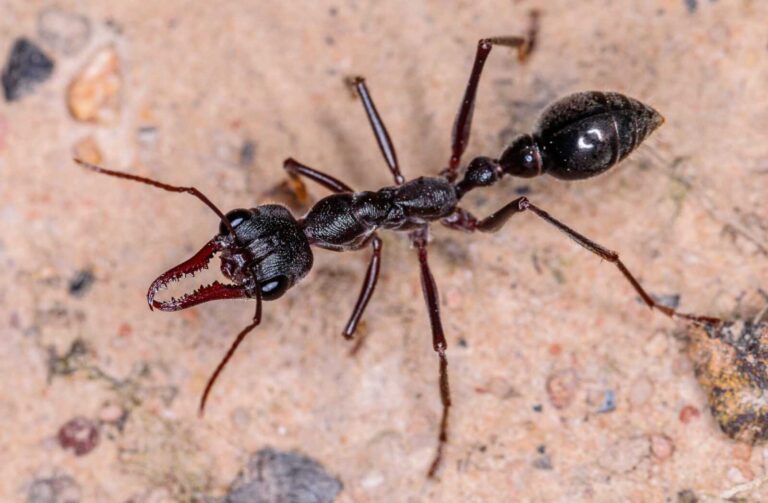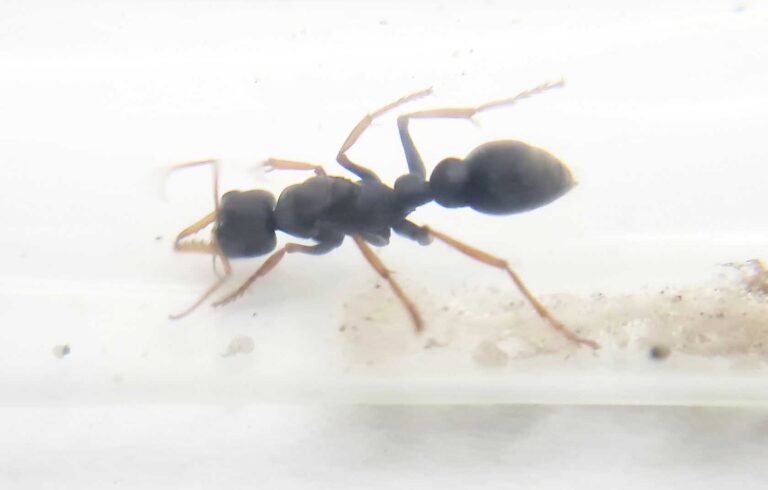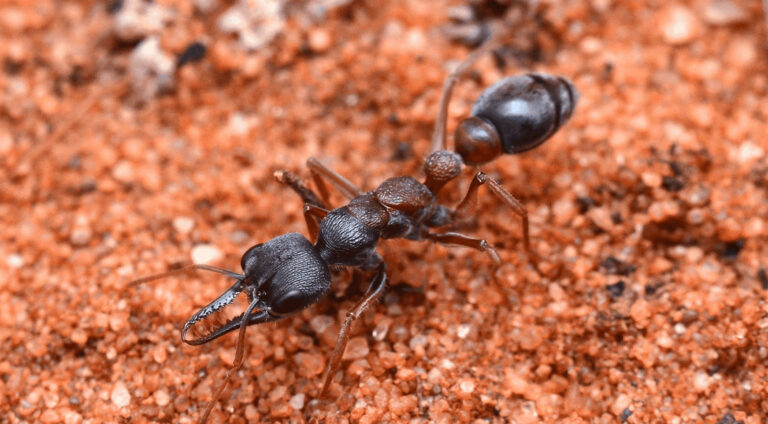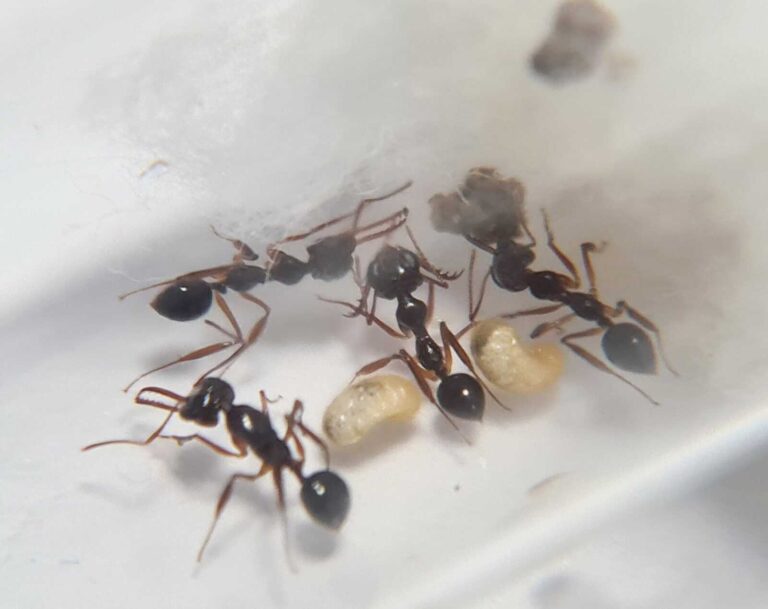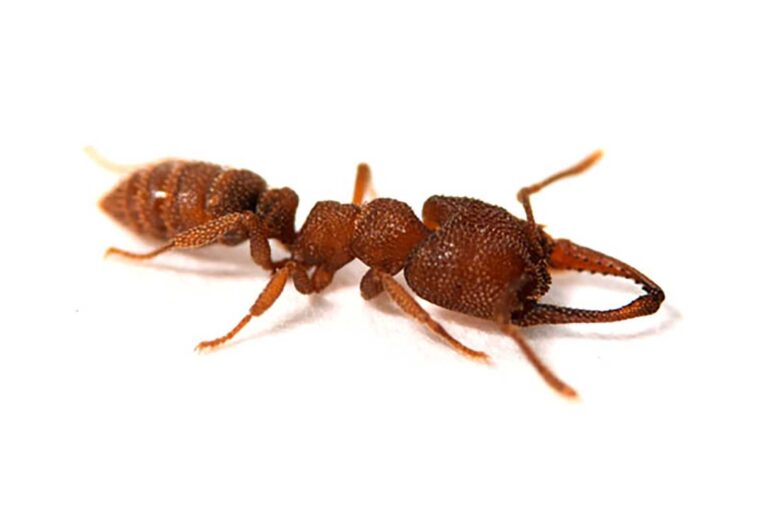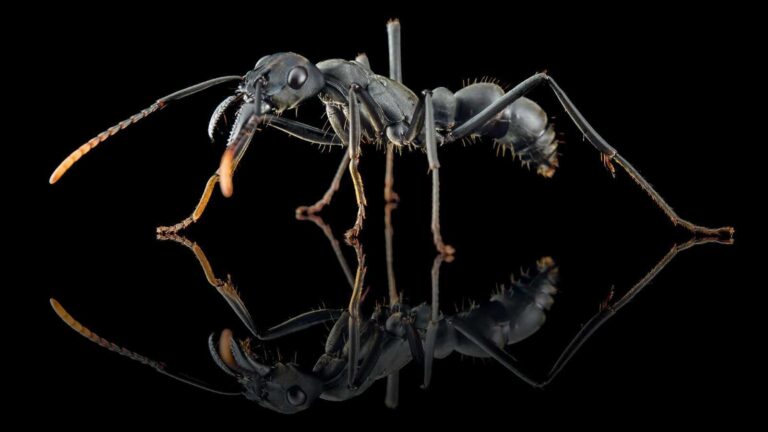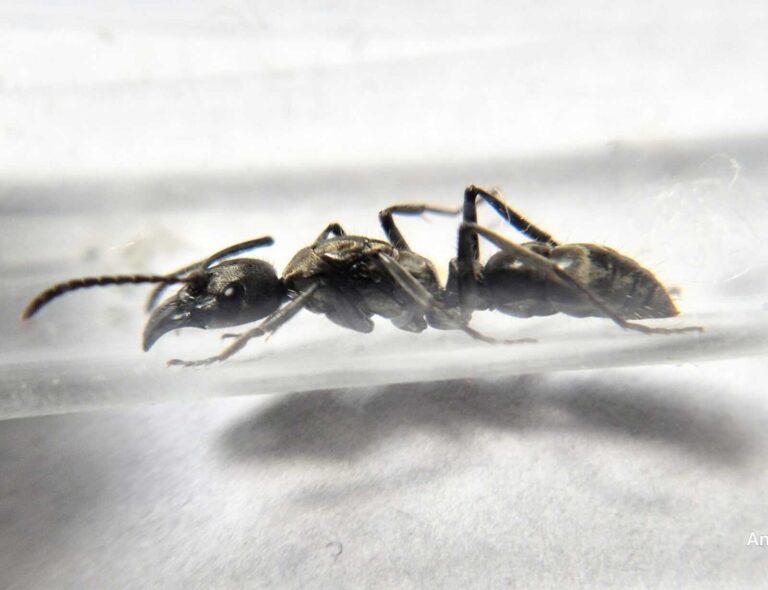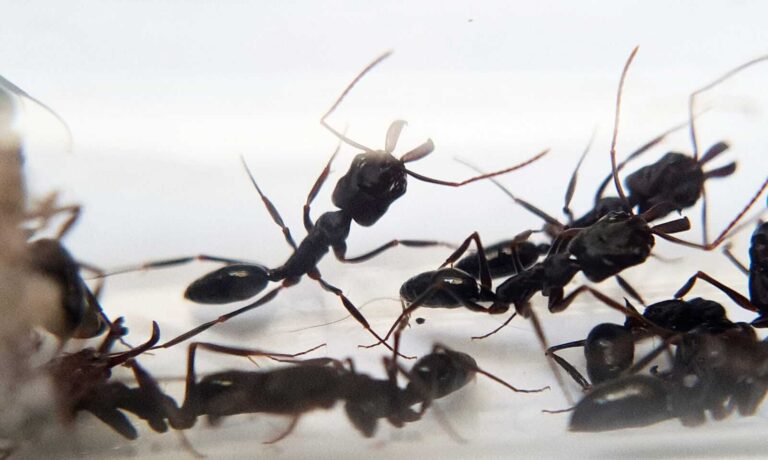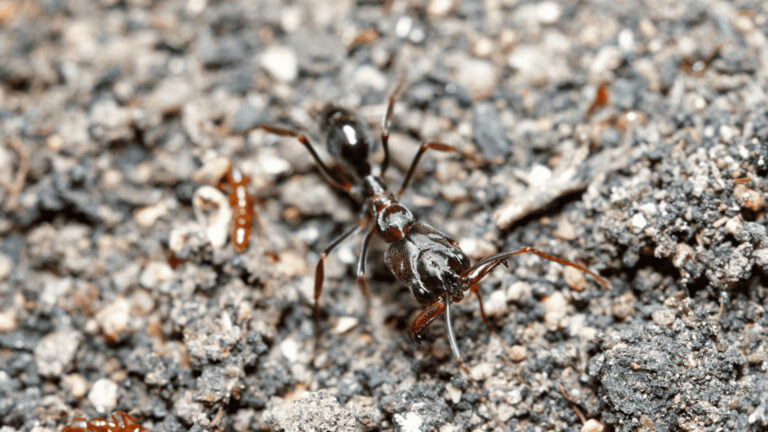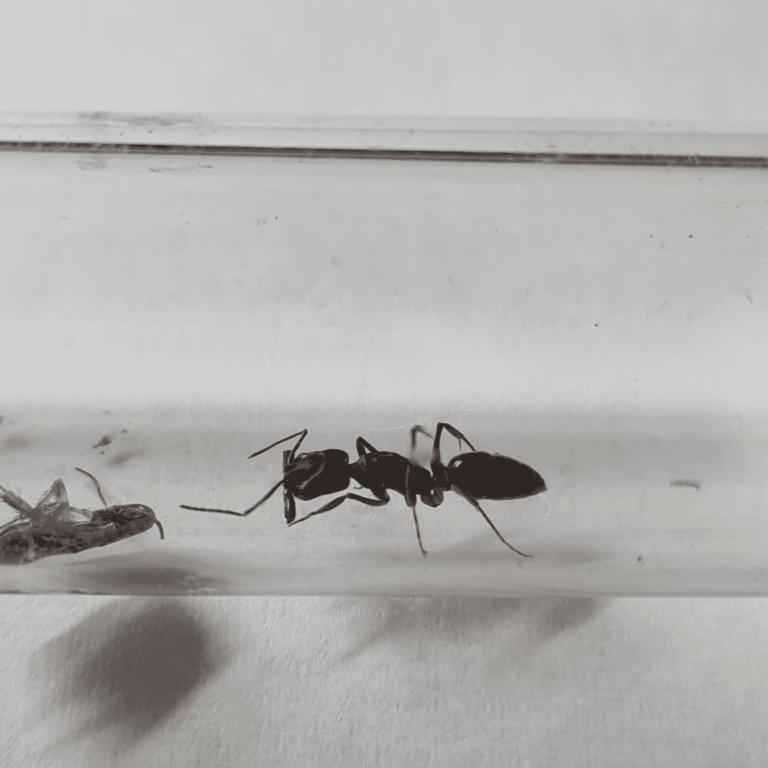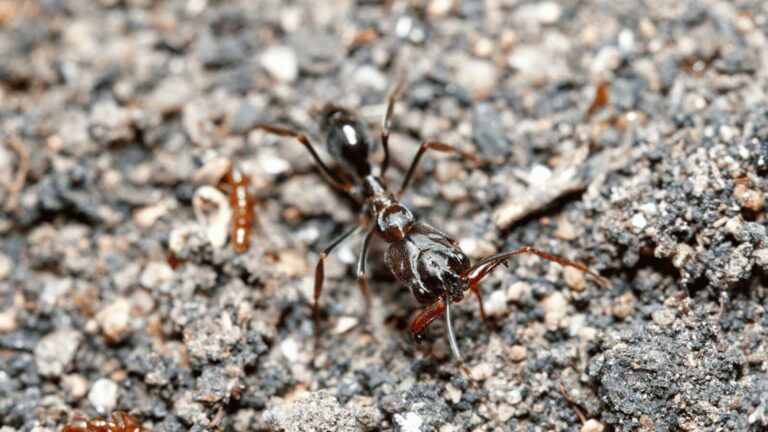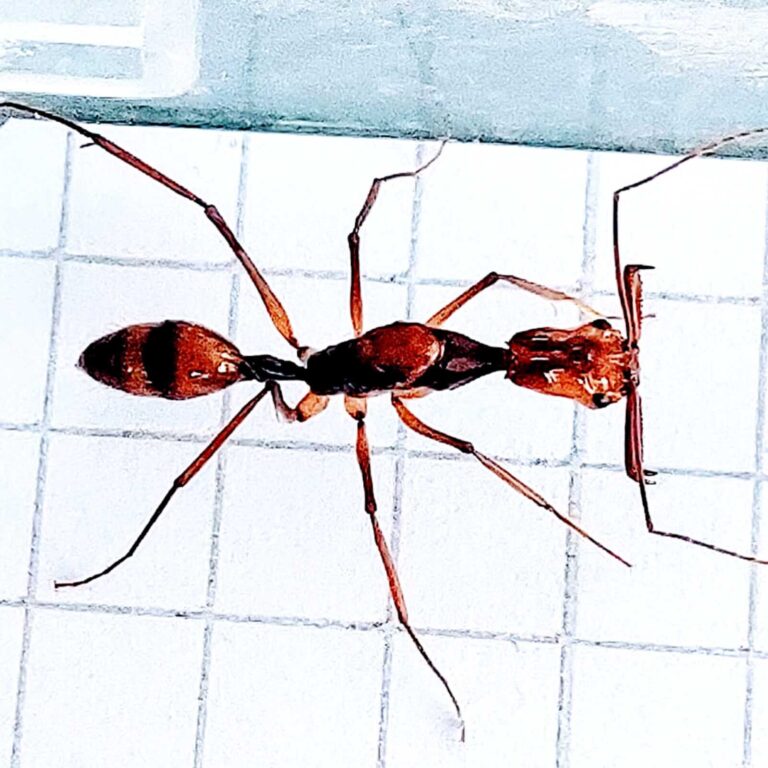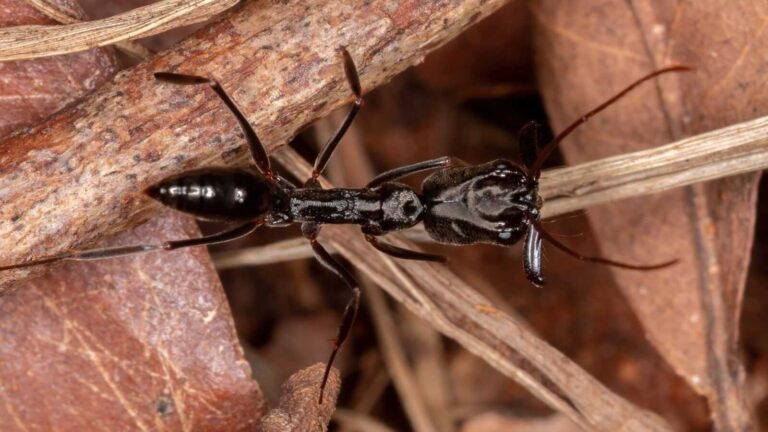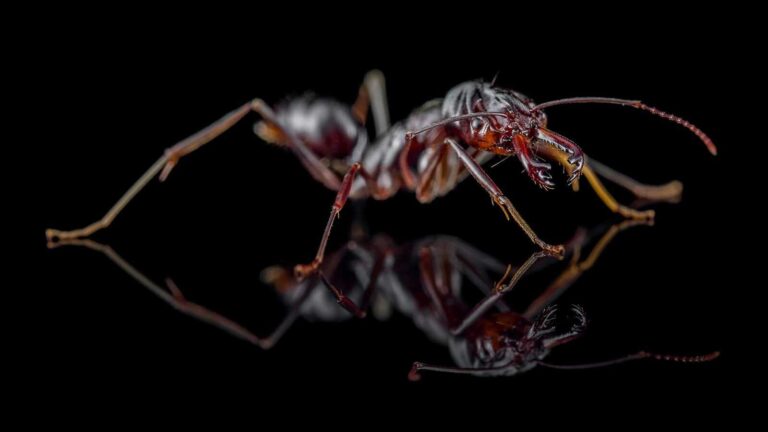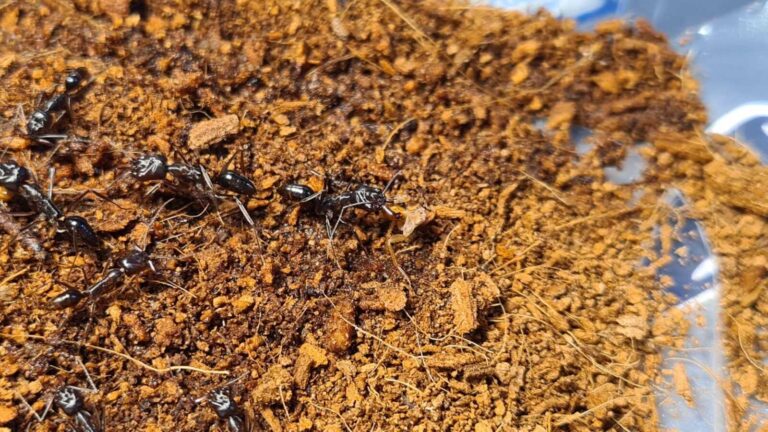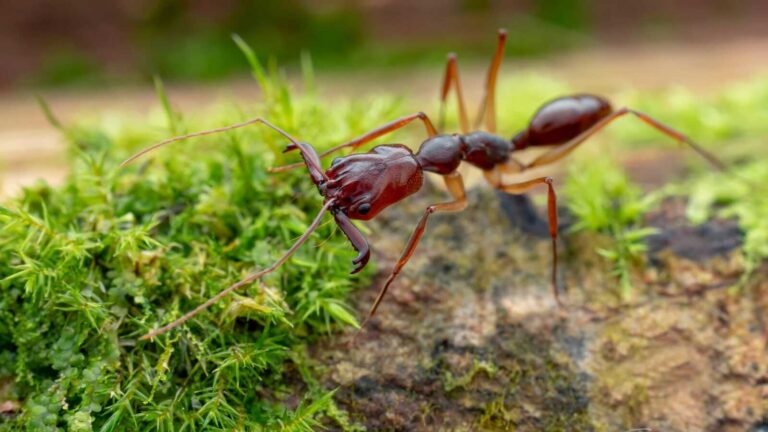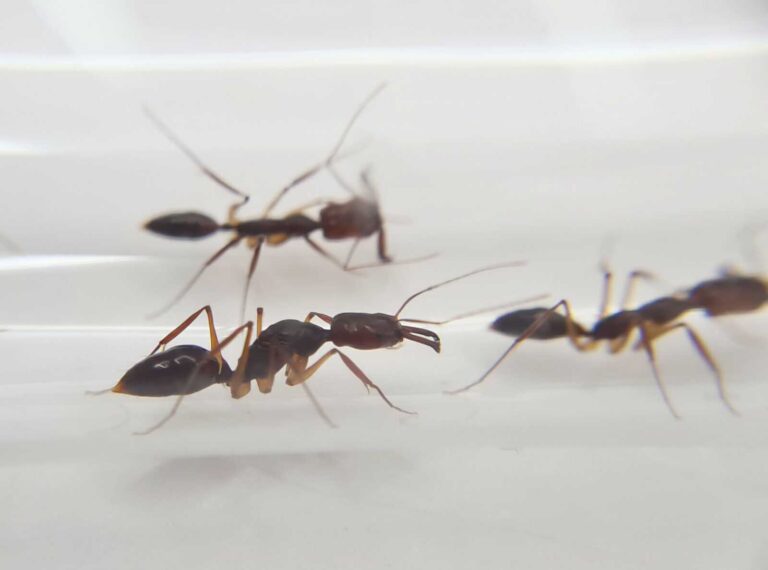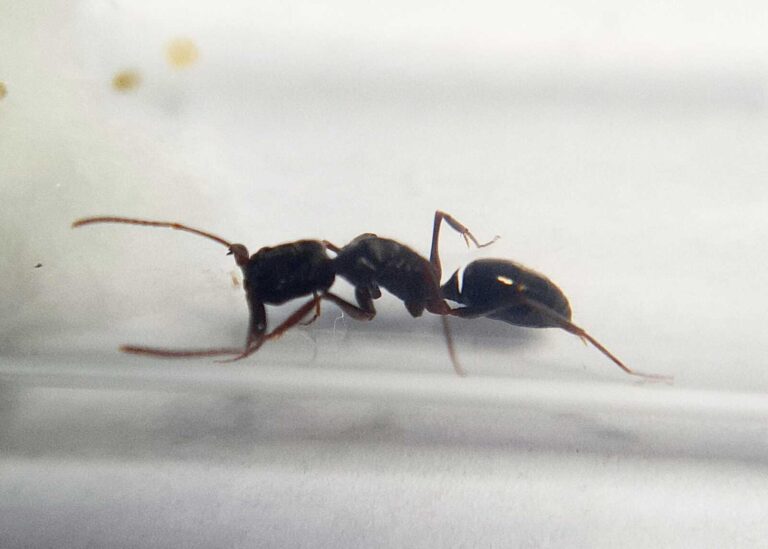Showing 41–60 of 89 results
Product categories
Stock status
Filter by price
Behavior
- ShyShy 5
- CalmCalm 75
- ModerateModerate 141
- FastFast 11
Defficulty
Number of workers
- Queen 79
- Queen and 1-50 workers 12
- Queen and 1-3 workers 72
- Queen and 4-10 workers 75
- Queen and 11-20 workers 75
- Queen and 21-40 workers 76
- Queen and 41-60 workers 72
- Queen and 61-100 workers 41
- Queen and 51-100 workers 12
- Queen and 101-200 workers 29
- Queen and 201-500 workers 18
- Queen and 501-1000 workers 9
- 2 Queens 13
- 2 Queens and 1-50 workers 6
- 2 Queens and 1-3 workers 11
- 2 Queens and 4-10 workers 11
- 2 Queens and 11-20 workers 11
- 2 Queen and 21-40 workers 11
- 2 Queens and 41-60 workers 11
- 2 Queens and 61-100 workers 5
- 2 Queens and 101-200 workers 11
- 2 Queens and 51-100 workers 6
- 2 Queens and 201-500 workers 8
- 2 Queens and 501-1000 workers 2
- 3 Queens 10
- 3 Queens and 1-50 workers 6
- 3 Queens and 1-3 workers 9
- 3 Queens and 4-10 workers 9
- 3 Queens and 11-20 workers 9
- 3 Queens and 21-40 workers 9
- 3 Queens and 41-60 workers 9
- 3 Queens and 61-100 workers 4
- 3 Queens and 51-100 workers 6
- 3 Queens and 101-200 workers 9
- 3 Queens and 201-500 workers 8
- 3 Queens and 501-1000 workers 1
Origin
Filter by size
MicroMicro 6
SmallSmall 30
MediumMedium 23
LargeLarge 23
HugeHuge 7
Myrmecia nigriceps
1989,90 złMyrmecia nigriceps is a monogynous ant species with colony sizes of up to several hundred workers. They have a medium development rate and the queen measures 19-23 mm in size while the workers measure 16-21 mm. They have a black head and back with an orange body. Their diet includes food insects, fruit, and syrup. They prefer an arena humidity of 30-50% and a nest humidity of 50-70%.
Myrmecia nigrocincta
1899,90 zł – 2779,90 złPrice range: 1899,90 zł through 2779,90 złThe Myrmecia nigrocincta ant is a monogynous species with colonies consisting of several hundred workers. They have a medium development rate and are categorized by their size, with queens measuring 18-22 mm and workers measuring 15-21 mm. These ants have a dark red color with a black belly and distinctive sickle-shaped jaws. Their diet consists of food insects, fruit, and syrup. They thrive in arenas with a humidity level of 30-50%.
Myrmecia pilosula
2289,90 złMyrmecia pilosula is a ant species that has a monogyny colony type and can have several hundred workers. The ants are dark red in color with a black belly and sickle-shaped jaws. They feed on food insects, fruit, and syrup, and require a humidity level of 30-50%. Development rate is medium.
Myrmecia pyriformis
2259,90 złThe Myrmecia pyriformis ant species is monogynous and can have a colony size of several hundred workers. They have a medium development rate and the queen is around 23-26 mm in size, while workers are around 14-23 mm. They have a brown-black color and their nutrition includes food insects, fruit, and syrup. They require humidity levels of 30-50% in the arena and 50-70% in the nest.
Myrmecia similllima
2189,90 złMyrmecia similllima is a species of ant that can have both monogynous and polygynous colonies. The colony size can reach several hundred workers. They have a medium development rate. The queen measures 20-24mm in size, while the workers measure 16-22mm. They have a dark red color with a black belly and strong, sickle-shaped jaws. They consume food insects like cockroaches and crickets, as well as fruit and syrup. The ideal humidity level for this species is unknown.
Myrmecia tarsata
2137,90 złMyrmecia tarsata is a black ant species with a monogynous colony type. The colony can have several hundred workers and has a medium development rate. The queen is 17-20mm in size while the workers are 15-18mm. They feed on food insects, fruit, and syrup. The ants require humidity levels of 30-50% in the arena and 50-70% in the nest.
Myrmecia varians
2059,90 złMyrmecia varians is a monogynous ant species with a colony size of up to 1000 workers. The ants have a medium development rate and the queen measures 17-19 mm while the workers measure 14-17 mm. They are black and dark brown in color and feed on food insects, syrup, and fruits. They require a humidity level of 50-70% in their arena and 60-80% in their nest.
Myrmoteras opalinum
469,90 złThe Myrmoteras opalinum ant is a monogynous colony with a size of up to 400 workers. It has a medium development rate and the Queen measures 6-8 mm while the workers measure 5-7 mm. They are brown-orange in color and feed on food insects and sweet fruit. They require a humidity level of 60-70% in the arena and 60-80% in the nest, with a temperature range of 24-30 °C in the arena and 24-26 °C in the socket.
Mystrium camillae
1499,90 złMystrium camillae is a monogynous ant species with colonies of up to 500 workers. They have an average development speed and the queen and workers range in size from 7-9 mm and 3-6 mm respectively. They have an orange-brown coloration and their diet consists of feeding insects and sweet fruits. They thrive in a humidity range of 60-70% in the arena and 60-80% in the nest, with temperatures of 24-30 °C in the arena and 24-26 °C in the nest.
Neoponera apicalis
1599,90 złNeoponera apicalis is a black ant species with yellow antenna tips. The colony is monogynous and can have up to 600 workers. They feed on food insects, syrup, fruits, vegetables, jelly, and cooked chicken without salt. The development rate of the colony is slow. Queen ants measure 18-20 mm in size, while workers measure 15-18 mm.
Neoponera villosa
1599,90 złNeoponera villosa is a black ant species with yellow antenna tips. The colony is monogynous and can have up to 600 workers. They feed on food insects, syrup, fruits, vegetables, jelly, and cooked chicken without salt. The development rate of the colony is slow. Queen ants measure 16-19mm in size, while workers measure 14-17mm.
Odontomachus aciculatus
429,90 złOdontomachus aciculatus is a polygynous ant species with a colony size of up to 500 workers. They have a medium development rate and are about 10-13mm in size. The ants are black-black-brown in color with brown legs. They feed on food insects like cockroaches and crickets, as well as sweet fruit. They require humidity levels of 60-70% in the arena and 60-80% in the nest. The optimal temperature for their habitat is not specified.
Odontomachus bauri
389,90 złThe Odontomachus bauri ant species is a polygynous colony with a size of up to 500 workers. They have a medium development speed and the queen and workers range from 10-12 mm and 10-11 mm in size respectively. The ants are brown in color with golden to reddish brown legs. Their diet consists of food insects and sweet fruit. They require a humidity level of 50-70% in both the arena and nest, and the temperature should be comfortable for their survival.
Odontomachus brunneus
379,90 złOdontomachus brunneus is a polygynous ant species with colony sizes of up to 500 workers. They have a medium development speed. The queens are 10-12 mm in size, while the workers are 10-11 mm. They are brown in color with golden to reddish brown legs. They feed on food insects like cockroaches and crickets, as well as sweet fruit. They require a humidity level of 50-70% in both the arena and nest. The temperature requirements are not specified.
Odontomachus haematodus
369,90 złThe Odontomachus haematodus is a polygynous ant species with a colony size of up to 500 workers. They have a medium development speed and are brown in color with golden to reddish-brown legs. Their nutrition consists of food insects like cockroaches and crickets, as well as sweet fruit. They thrive in humidity levels of 50-70% in both the arena and nest.
Odontomachus hastatus
1599,90 złThe Odontomachus hastatus is a polygynous ant colony with a medium development rate. The queen measures 15-18mm while workers measure 12-14mm. They are yellowish brown to dark brown in color and feed on food insects and sweet fruit. They thrive in a humidity level of 60-70% in their arena and 60-80% in their nest.
Odontomachus latidens
429,90 złThe Odontomachus latidens is a polygynous ant species with colonies of up to 500 individuals. They have a medium development rate and the queen measures 10-12mm while workers measure 9-11mm. They have a black and maroon body with maroon legs. Their diet consists of food insects and sweet fruit. They require a humidity level of 60-70% in the arena and 60-80% in the nest.
Odontomachus monticola
379,90 złThe Odontomachus monticola is a polygynous ant species with a colony size of up to 300 workers. They have a medium development rate and the queen measures 13-16mm while the workers measure 11-14mm. They have a dark brown color with orange legs and their nutrition includes food insects and sweet fruit. They require a humidity of 60-70% in the arena and 60-80% in the nest, with temperature being suitable for their habitat.
Odontomachus rixosus
359,90 zł – 379,90 złPrice range: 359,90 zł through 379,90 złThe Odontomachus rixosus ant is a polygynous species with a colony size of up to 300 workers. They have a medium development rate and the queen measures 11-13 mm while workers measure 10-12 mm. They have a slightly red head and a brown body. They feed on food insects such as cockroaches and crickets, as well as sweet fruit. They require a humidity level of 60-70% in the arena and 60-80% in the nest. The optimal temperature for this species is not mentioned.
Odontomachus simillimus
399,90 złThe Odontomachus simillimus colonies are polyginia and can have up to 200 workers. They have a medium development rate. The queen measures 11-12 mm and workers measure 10-11 mm. They are black with reddish extremities. Their nutrition consists of food insects and sweet fruit. The recommended humidity levels for the arena and nest are 60-70% and 60-80% respectively.


